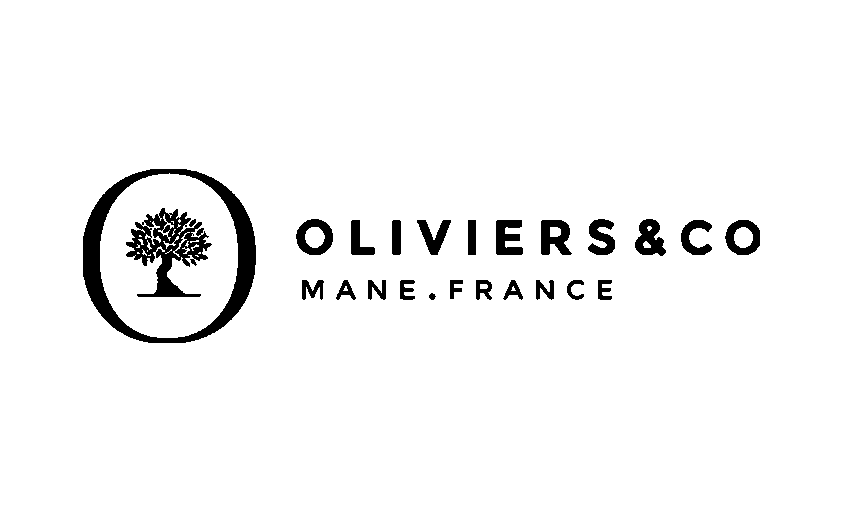Sponsorship
In this article :
Sponsorship, a term borrowed from English, refers to the financial or material support provided by a company (the sponsor) to an event, a sports team, or a public figure for advertising purposes. More than just financial aid, sponsorship is a complex marketing strategy aimed at associating the sponsor’s brand with positive values such as excellence, innovation, or team spirit, to strengthen its image with the target audience.
History and Evolution
The concept of sponsorship is not new. It dates back centuries to when patrons supported the arts and sciences. In the modern context, sponsorship has grown with the development of media and professional sports, becoming an essential marketing tool for companies seeking to increase their visibility and establish an emotional connection with their audience.
Types of Sponsorship
- Sports Sponsorship: The most widespread, involving support for teams, athletes, or sporting events.
- Cultural Sponsorship: Support for artistic and cultural events or institutions.
- Educational Sponsorship: Participation in educational or academic programs.
- Media Sponsorship: Funding television shows, series, or YouTube channels.
Benefits of Sponsorship
- Increased Visibility: Sponsored events often attract media attention, offering considerable exposure.
- Positive Association: Sponsorship allows a brand to be linked to values or successes, enhancing brand image.
- Targeted Reach: Companies can target specific audiences by choosing events or fields aligned with their audience’s interests.
- Community Engagement: Sponsorship demonstrates a company’s commitment to certain causes or communities, strengthening ties with the public.
Challenges and Considerations
- Event Selection: Choosing the right sponsorship opportunities that match the brand’s values and target audience interests.
- Measuring Return on Investment (ROI): Evaluating the effectiveness of sponsorship in terms of brand visibility and sales impact can be complex.
- Risk Management: Associating a brand with an event or personality carries risks in case of controversy or poor performance.
Conclusion
Sponsorship is a powerful advertising strategy that allows companies to stand out in a competitive market. By carefully selecting sponsorship opportunities and aligning their actions with their brand values, companies can not only improve their visibility but also create meaningful connections with their audience. Despite its challenges, sponsorship remains a preferred avenue for brands aiming to strengthen their presence and reputation across various sectors.
Jérémy Carlo is the editorial director at Rétines, where he ensures the consistency and clarity of all content produced by the studio.
Our Clients
Let’s discuss
What we do for you at Rétines
Meticulous work, an organised project and fast delivery. And to achieve this, we mobilise the right resources in our teams at the right time.
01
Pre-production
Artistic and technical direction tailored to the project.
Relevant recommendations on content, form and resources.
02
Photo Shooting
Photos taken by our experienced photographers.
Production that’s controlled, efficient and tailored to the needs of the project, with nothing superfluous.
03
Retouching
Technique
Photographs magnified by our retouching team.
Post-production to meet the commercial challenges of the brief.












